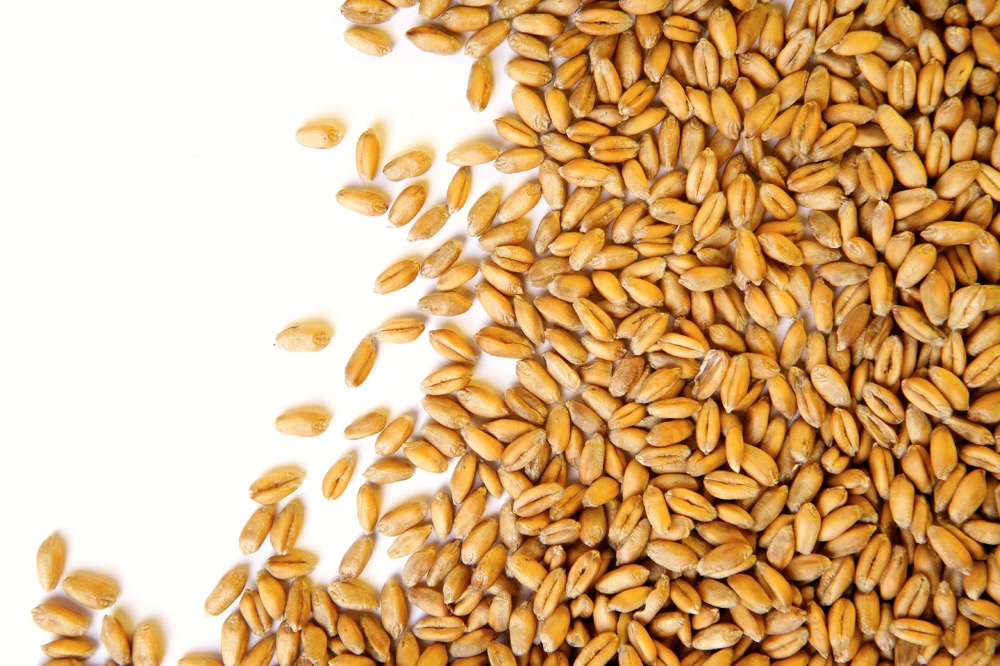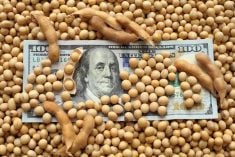Chicago | Reuters –– Chicago soybean futures rallied on Friday, supported by soymeal demand and weather issues in South America.
Corn followed higher, although crops in Argentina and Brazil are likely less impacted by drought in the region as they have more time to benefit from rainfall expected later this month.
Wheat rebounded from a new 2-1/2-month low, pressured by technical selling.
Grain markets also looked to a series of U.S. Department of Agriculture (USDA) crop reports scheduled for Jan. 12, including updated estimates of South American production.
Read Also

IGC raises 2025/26 world wheat crop forecast
The International Grains Council has raised its forecast for 2025/26 global wheat production with crop outlooks upgraded for Russia, the United States and Argentina.
“We’re going to continue to see this erratic movement until we get past USDA’s reports,” said Arlan Suderman, chief commodities economist at StoneX.
The most-active soybean contract on the Chicago Board of Trade (CBOT) added 23 cents to end at $14.10-1/4 a bushel, after earlier hitting $14.15, the highest for a most-active contract since June 11, 2021 (all figures US$). The March contract ended the week up 71 cents, a 7.5 per cent gain.
CBOT corn added 3-1/4 cents to $6.06-3/4 a bushel, firming 2.3 per cent for the week.
CBOT wheat firmed 12-1/2 cents to $7.58-1/2 a bushel, after falling to $7.35-1/2, its lowest price since Oct. 15, 2021. For the week, the most-active wheat lost 12-1/4 cents, down 1.6%.
Soybeans were led by earlier gains in CBOT soymeal futures, with new life-of-contract highs in several contract months, exacerbated by COVID-related labour concerns in Argentina.
“With Argentina on the sidelines a little bit, that leaves the U.S. as the only game in town for meal,” said Joe Davis, director of commodity sales at Futures International.
Dryness across Brazil and Argentina continue to support soybeans, while corn in the region has more time to develop before dryness impacts yields, as forecasts call for increased rainfall in Argentina in the coming six to 10 days.
Fresh U.S. export notices also underpinned corn and soybeans, with a sale of 176,784 tonnes of corn to Mexico and 120,000 tonnes of soybeans to unknown destinations, USDA said.
— Reporting by Christopher Walljasper in Chicago; additional reporting by Gus Trompiz in Paris and Naveen Thukral in Singapore.












